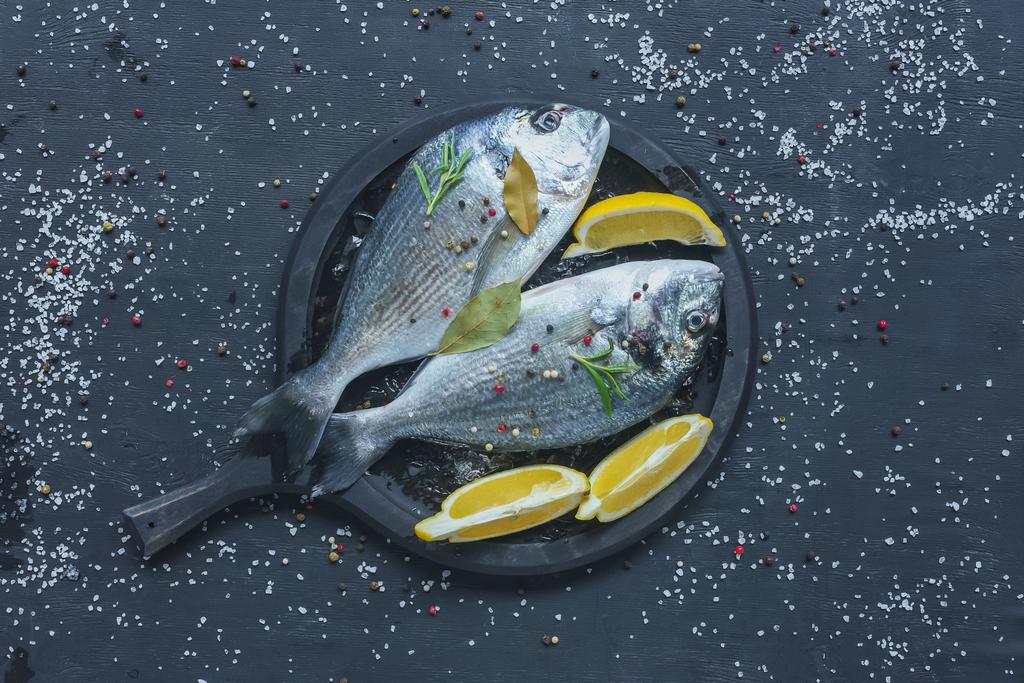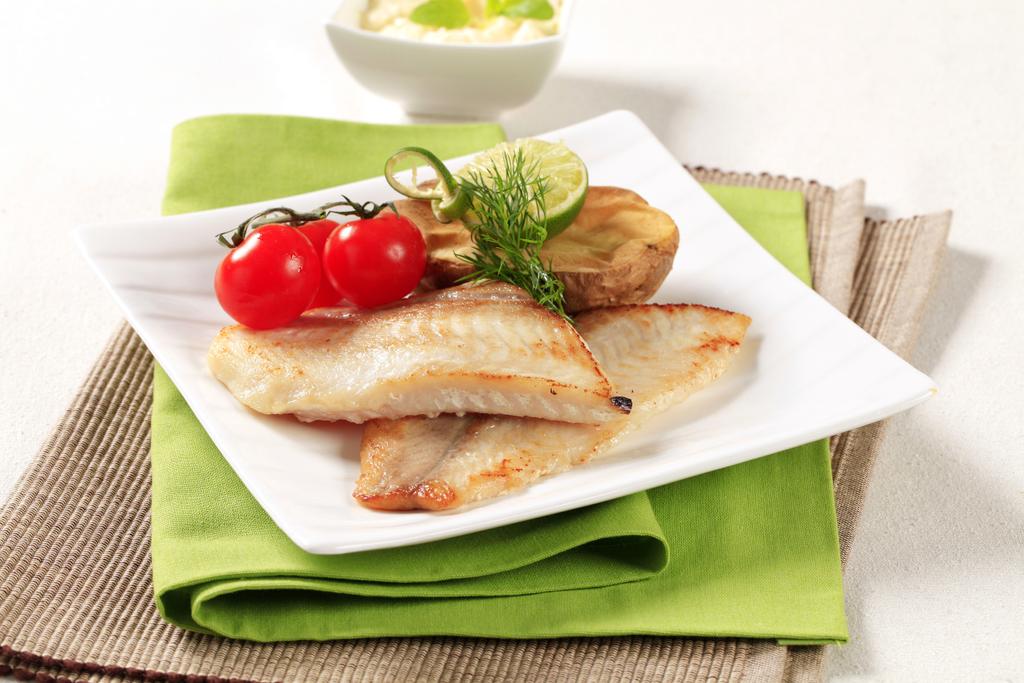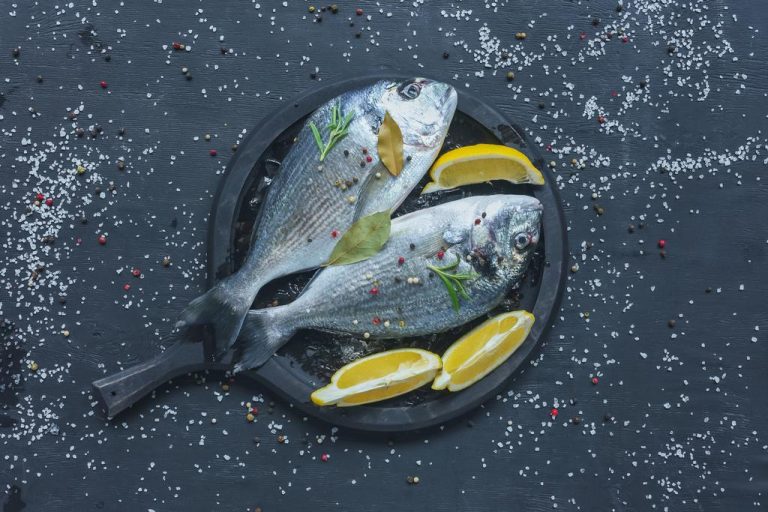It is said that eating fish is healthy. Rosina Püttmann from the Competence Center for Nutrition in Kulmbach explains why this is actually the case and which fish also score in terms of sustainability and regionality.
Rosina Püttmann: Regular consumption of fish can, for example, reduce the risk of heart disease, stroke or dyslipidemia. In addition to high-quality protein and omega-3 fatty acids, fish also provides vitamin D, selenium and iodine. High-fat sea fish such as salmon, mackerel or herring are particularly rich in long-chain omega-3 fatty acids. But domestic freshwater fish such as trout or carp also contain the same amount of omega-3 fatty acids as low-fat sea fish (saithe, hake, plaice or redfish).
How often should we eat fish – and how much?
The German Society for Nutrition (DGE) recommends one to two portions of fish per week, ideally 70 g of high-fat sea fish such as salmon, mackerel or herring and 150 g of low-fat fish. In reality, however, significantly less fish is eaten.
As part of its quality standards for community catering, the DGE recommends e.g. For example, sea fish should be included in the menu four times within 20 catering days (i.e. once a week) in day-care centers and schools.
Franconia is considered a fish region: which local species is the healthiest?
Trout, char and especially carp can be found most often on the menu in the Franconian region. These freshwater fish also contain the nutrients mentioned that make fish so valuable as food. A weekly fish meal of 200 g of trout or char fillet can cover the need for omega-3 fatty acids.
The carp, which is popular in Franconia, is in no way inferior to the ingredients of its freshwater colleagues. The fat content of the carp depends on its feeding. The natural fat content is around 4-5%, similar to that of trout.
How do I get the best out of the fish?
Whether roasting, baking, boiling, poaching, grilling, stewing or steaming, all cooking methods are suitable for fish. In general, nutrient-friendly cooking methods such as stewing or steaming should be preferred. The additional addition of fat can be dispensed with here.
For fat-free steaming, you can place the fish with herbs in a roasting foil and then cook in the oven. Herbs and spices such as basil, dill, curry, thyme, pepper, mustard, mustard seeds, ginger and garlic go well with the fish.
Anyone who likes to eat the fish fried and/or breaded or deep-fried should be aware of the higher fat content, which is then hidden in the breading.

Keyword sustainability: What do consumers have to consider?
More and more fish stocks are affected by overfishing. It is therefore important to pay attention to a sustainable origin and to select fish from stock-preserving and environmentally friendly fisheries or aquaculture. Seals from various organizations and associations, such as the MSC seal or the ASC seal, offer help with purchasing. For orientation, there are also checklists and guides for buying fish that show which fish are a good choice. Local fish such as Franconian carp score points in terms of sustainability with shorter transport routes and their freshness.

